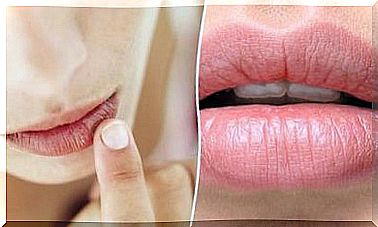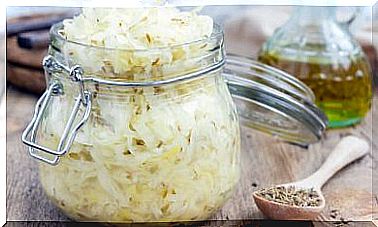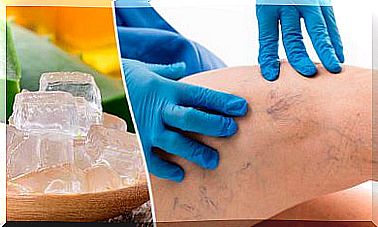Hirudins, New Antithrombotic Drugs
Hirudins are synthetic or recombinant antithrombotic drugs made up of 65 amino acids in a single chain, therefore they are polypeptides.
They are produced by the leech species Hiduro medicinalis . They are mainly indicated for the treatment of patients with arterial or venous thrombosis who present with heparin-induced thrombopenia.
Hirudins are drugs that inhibit the enzyme thrombin directly and independently of antithrombin and heparin. But do we understand exactly how they work and what are these two terms? The following section briefly explains the coagulation process and the factors involved.
What is the coagulation process?

The coagulation system consists of a cascade of proteolytic enzymes, that is, the degradation of proteins thanks to enzymes and cofactors.
When atherosclerotic plaque rupture occurs in the artery, the inactive precursors are activated in series. So each time one of those precursors is activated, it causes more of the next to occur.
The entire cascade ends in the last enzyme, thrombin, which is derived from prothrombin. The function of thrombin is to convert soluble fibrinogen into an insoluble fibrin network, which is where the blood cells will be trapped, forming the clot.
This cascade can be activated in two ways. An extrinsic, which acts in vivo, and another intrinsic or contact pathway that operates in vitro. The purpose of both pathways is the activation of coagulation factor X, which is responsible for converting prothrombin into thrombin so that the clot can form.
This coagulation process is controlled by:
- Enzyme inhibitors such as antithrombin III.
- Fibrinolysis: process by which the degradation of fibrin networks is regulated.
Now that we have a slight idea of how clots form, we can better understand the mechanism by which antithrombotic drugs perform their function. We explain the following points about hirudins below:
- Mechanism of action.
- Pharmacokinetics.
- Adverse reactions.
Mechanism of action
Huridins, such as lepirudin, desirudin, or bivalirudin, are antithrombotic drugs that owe their effectiveness to the ability to bind directly and with great force to thrombin near its active center, inactivating it.
In addition, they bind to other domains of thrombin, forming highly stable non-covalent complexes. They therefore show a powerful anticoagulant and antithrombotic action.
They manage to inhibit all the actions of thrombin without the need to act through antithrombin. As mentioned before, antithrombin is an enzyme responsible for inhibiting clot formation.
On the other hand, they are also capable of inhibiting the thrombin that is bound to the clot. They are molecules that are not neutralized by heparinases, enzymes that degrade heparin. They are also not degraded by the action of the endothelium, macrophages, fibrin, or PF-4.
Pharmacokinetics of hirudins

These drugs are administered intravenously or subcutaneously. Once administered, peak concentrations can be observed at 2 minutes or 4 minutes when administration occurs by infusion.
They generally have a subcutaneous bioavailability of 40%. The maximum concentrations by this route are observed at approximately 2 hours.
When administered intravenously, antithrombotic effects are seen immediately. The thrombus formation process returns to normal within an hour after stopping treatment.
Adverse reactions

The bleeding and hemorrhages are undoubtedly the most common adverse reactions following treatment with hirudins. In patients being treated with heparin, great caution should be exercised due to the high risk of bleeding.
In addition to these, they can also trigger other adverse effects such as:
- Nausea and vomiting
- Headaches
- Hypotension
- Fever.
- Insomnia.
On the other hand, these drugs do not induce thrombocytopenia, which is a physiological condition in which platelet levels are below normal.
It should be noted that hirudins are drugs that do not have an antidote, so if severe bleeding occurs, treatment should be stopped immediately. In addition, when necessary, blood transfusions would be performed as the only treatment measure for this complication.









